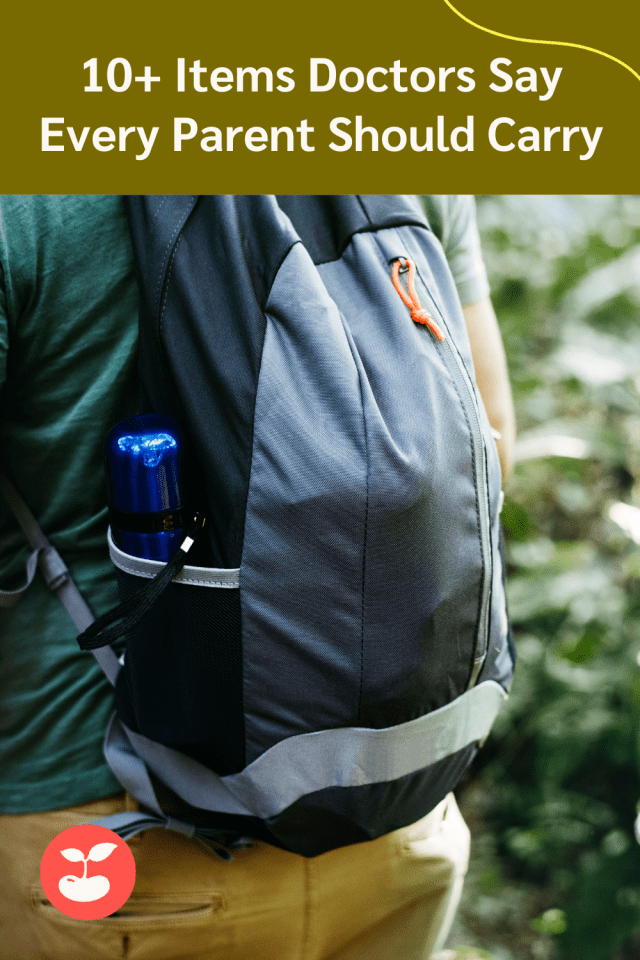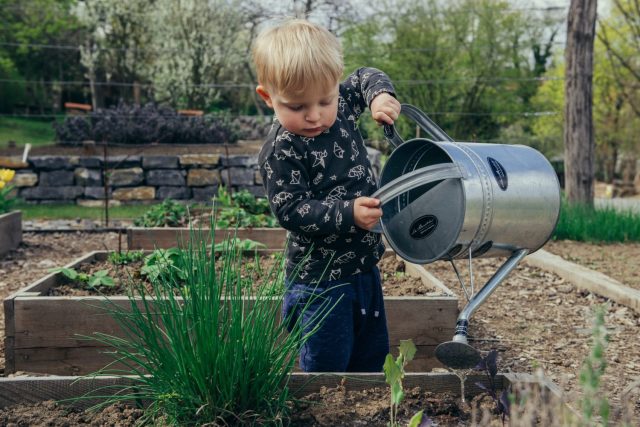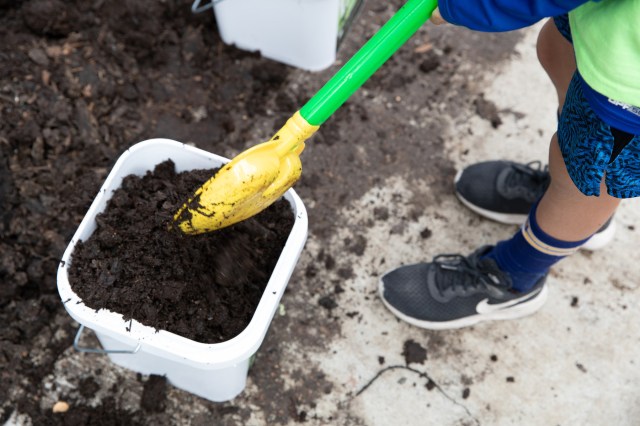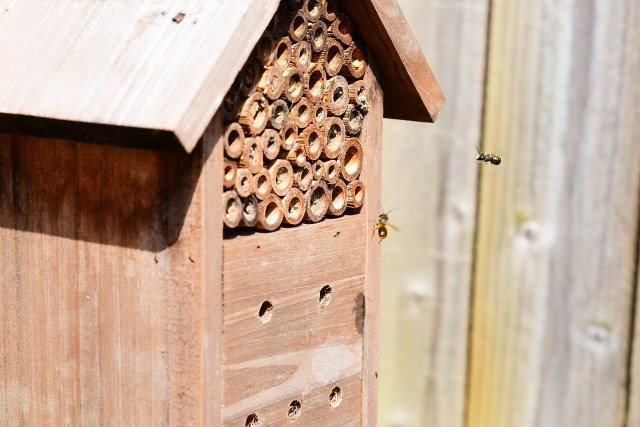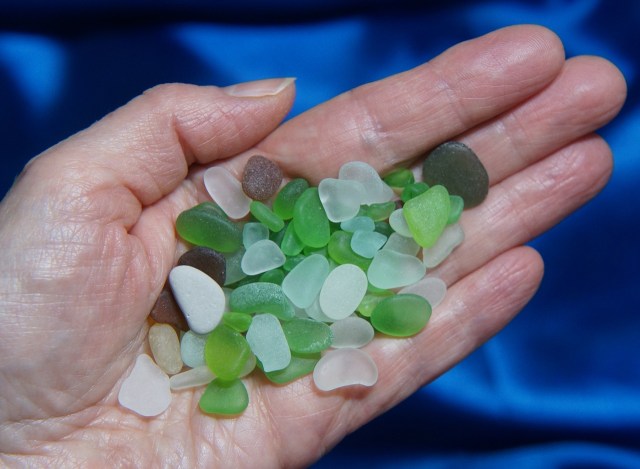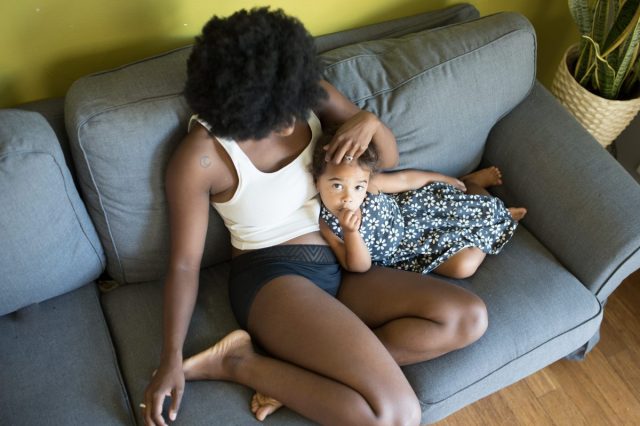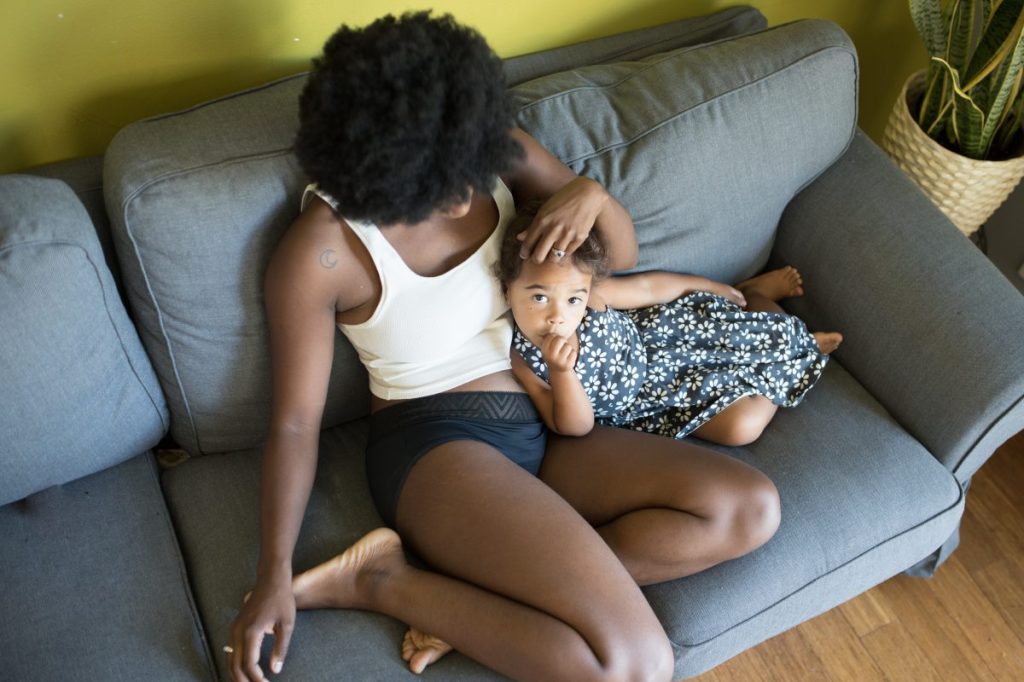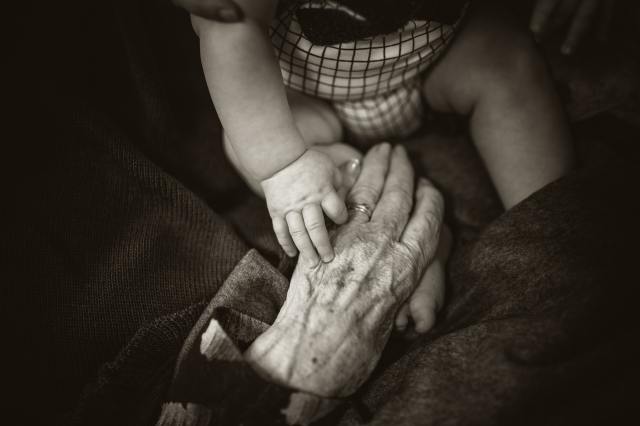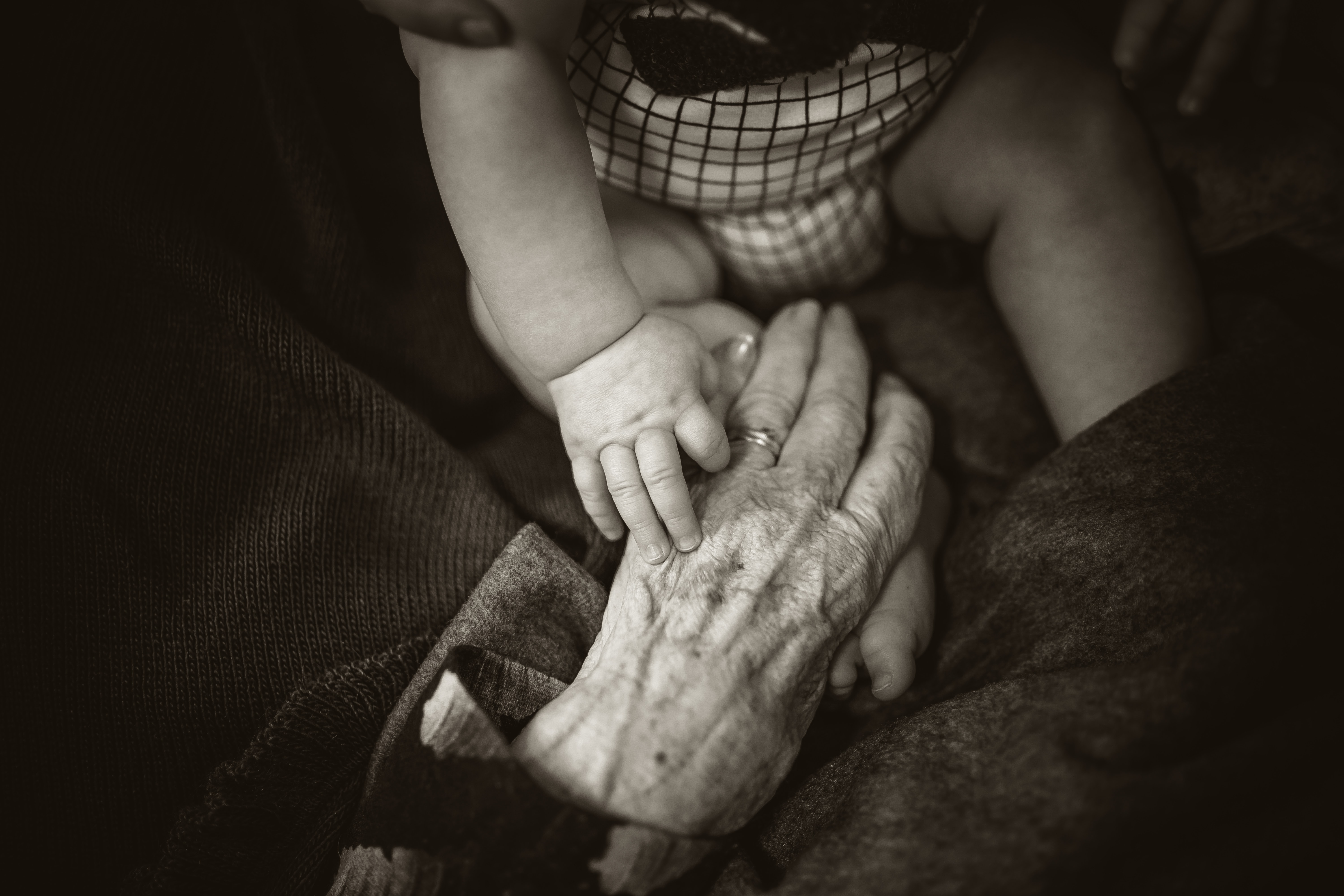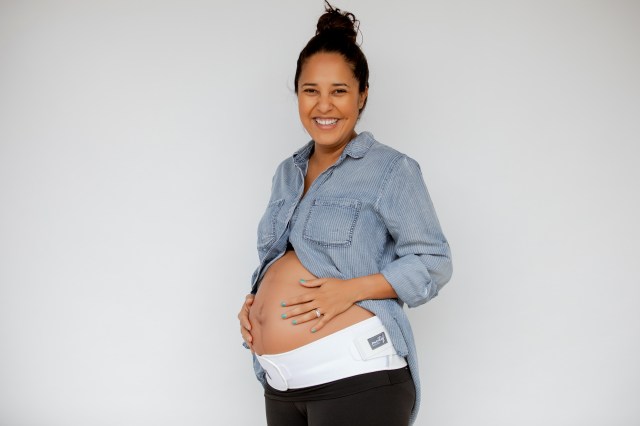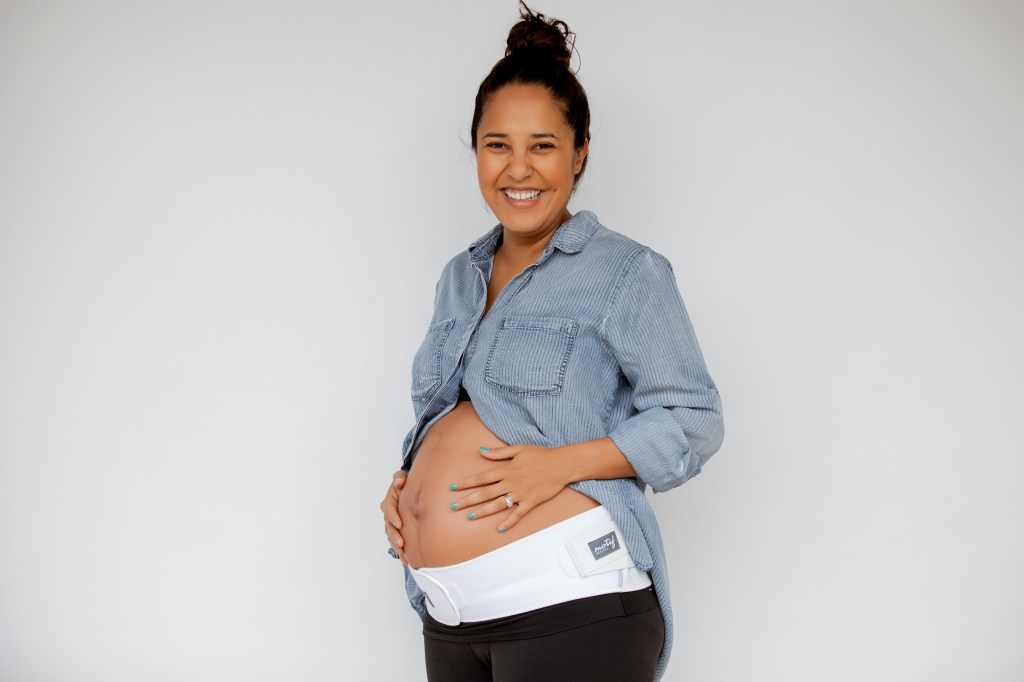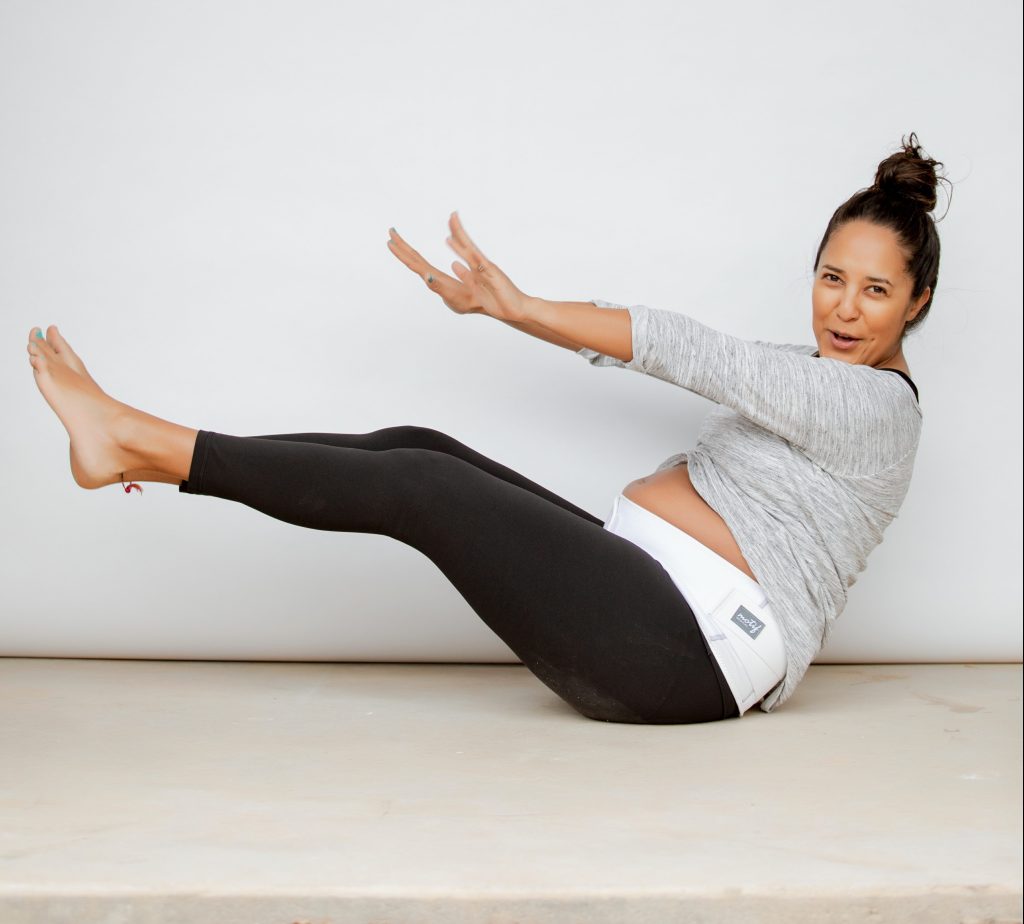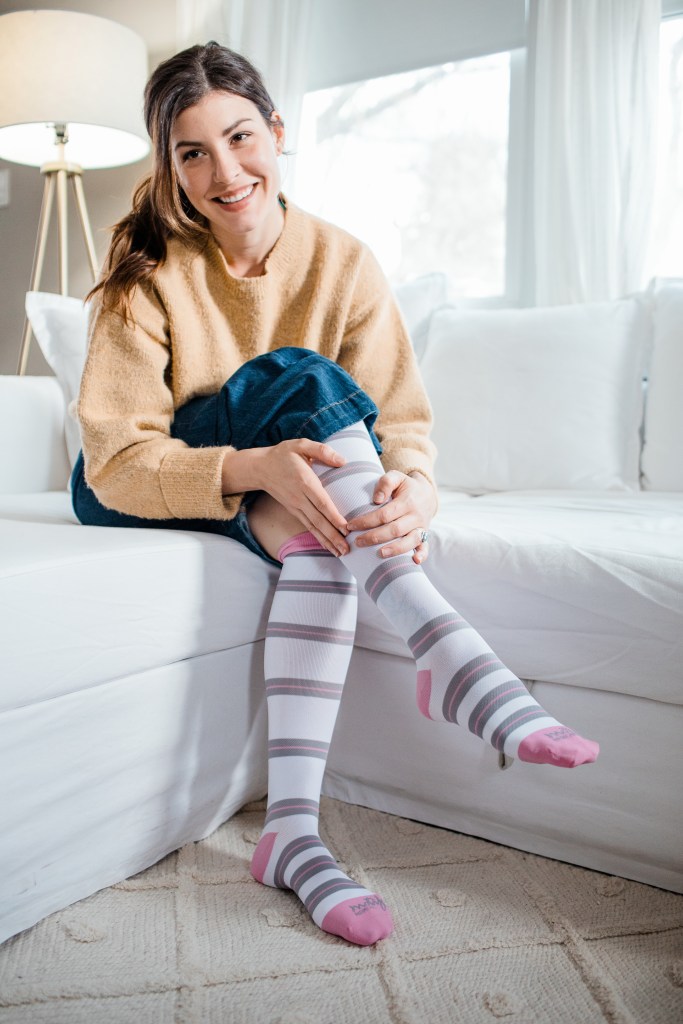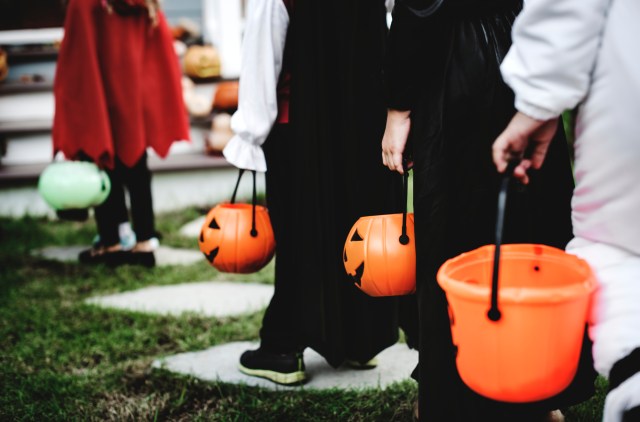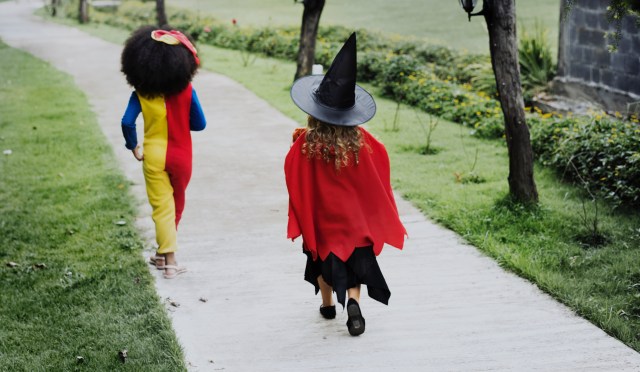No matter how careful you are, parenting means it’s impossible to avoid the occasional worrisome scenario. While most parents tote a basic first aid kit, doctors recommend carrying these 12 items to treat wounds and stop bleeding if you find yourself too far from a medical professional, as well as preventative items such as sunscreen and hand sanitizer.
Hand Sanitizer
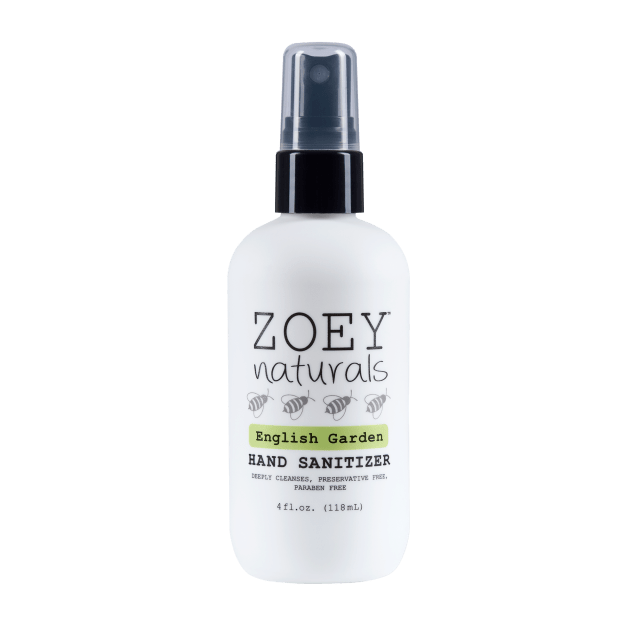
Unless you're hiding under a rock, you can't go a day without hearing another Coronavirus aka Covid-19 update. You've also probably heard the best way to prevent the spread of any illness is frequen, thorough handwashing (for at least 20 seconds) and healthy dose of hand sanitizer. If you're concerned about the chemicals in some sanitizer, we recommend Zoey Naturals, which is baby-safe and paraben, sulfate and phthalate free, while still killing 99% of germs. Hello Bello also makes a hand-sanitizing spray (not recommend for babies but great for kids). We also like Clean & Well's disinfecting wipes for surfaces.
(Editor's note:, at the time of this writing all products were in stock).
Sunscreen

It may seem like the only time to keep sunscreen within hands reach is during the summer, but it actually comes in handy in the case of an emergency, too. If you find yourself injured on a trail or even stranded on the side of the road from car issues, slathering on the protective cream will prevent an undue sunburn and one less thing to worry about.
Survival Knife

While it may seem scary to have a survival knife in your back pocket, it definitely can come in handy. Cut gauze or bandages, fashion a walking stick in a pinch, or cut away brush. A knife is no laughing matter, but it can save your life in an emergency. Be sure to keep it far away from small hands and fingers. This one's for grown-ups only.
Gauze
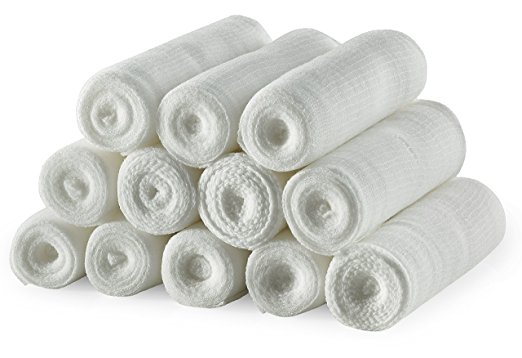
You never know when you'll incur a scratch, bite or cut while out hiking or camping, and that's why keeping a stash of gauze is a great idea. Use it to clean wounds, staunch bleeding or to cover from the elements. Gauze is a clean and breathable material you can't afford not to have when heading out for an adventure.
Elastic Wrap Bandage
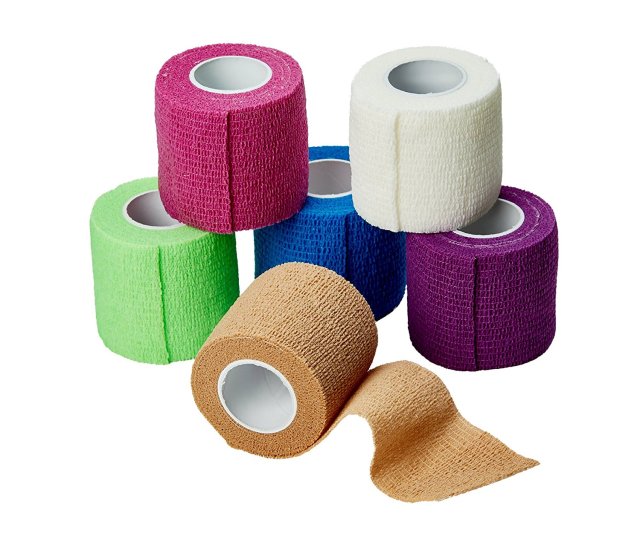
Apply pressure to wounds and keep them clean and bandaged with elastic wrap bandages. They are a small in size, but can take care of a multitude of injuries, from sprained ankles to keeping gauze in place. Take it one step further and purchase self-adhering bandages like these from Amazon and you can rest easy until you can find a doctor for treatment.
Tourniquet
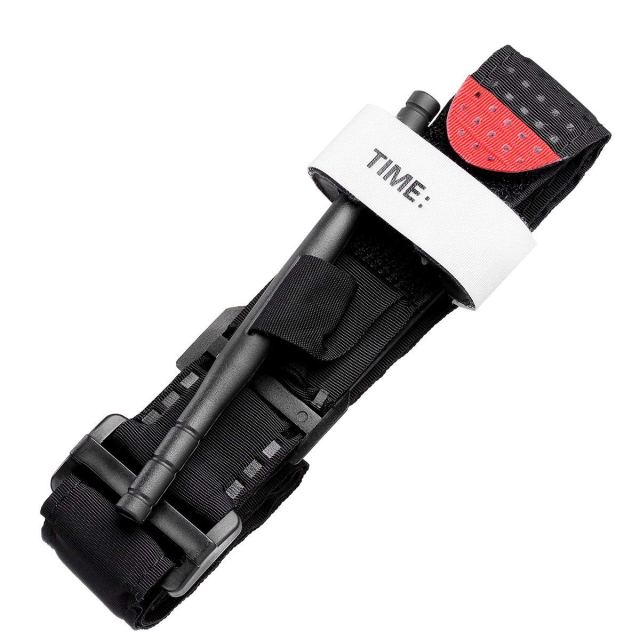
Serious injuries never happen when we expect them, but preparation can save lives. Keeping a tourniquet on hand can do just that––not only save a loved ones life from a serious bleeding injury but also give you piece of mind. You don't need to worry about tearing a strip of fabric or tying it tight enough––purchase a simple medical tourniquet and let it do all the work for you!
Protein Food Pouch
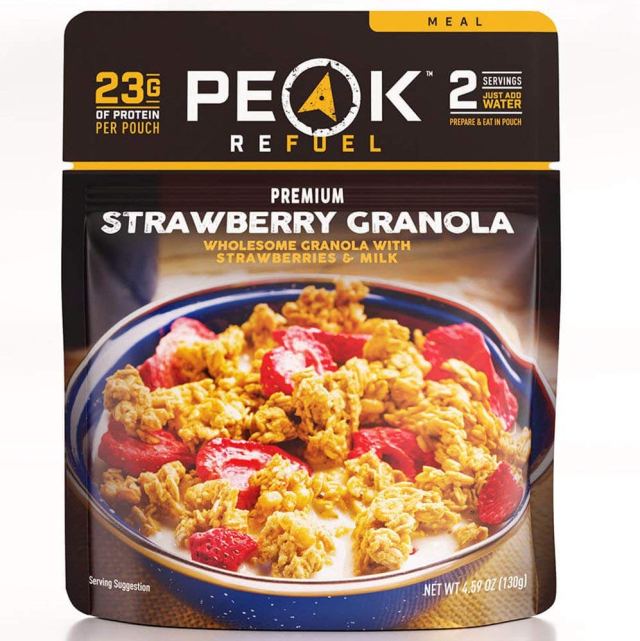
Getting separated from your tour group or being hindered by the elements can mean an unexpected longer time in the wilderness. Protect your family against hunger-related issues by packing simple protein food pouches that can be eaten on the run. They are quick to prepare and contain wholesome ingredients to keep you fueled and ready to press on towards home.
Water Purifying Tablets
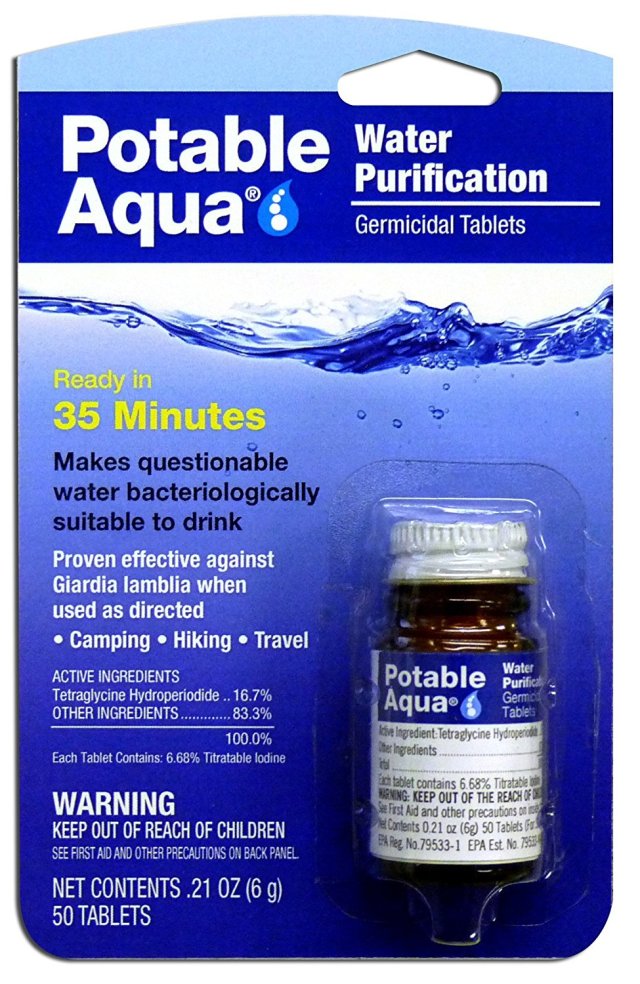
Finding drinkable water in the natural elements can be difficult, and that's why keeping a bottle of water purification tablets is a must. The iodine tablets purify contaminated water in 30 minutes, killing off bacteria. Staying hydrated while in the great outdoors and injured is key––this product is a no-brainer! Check out these leak-proof water bottles for you next excursion.
Flashlight
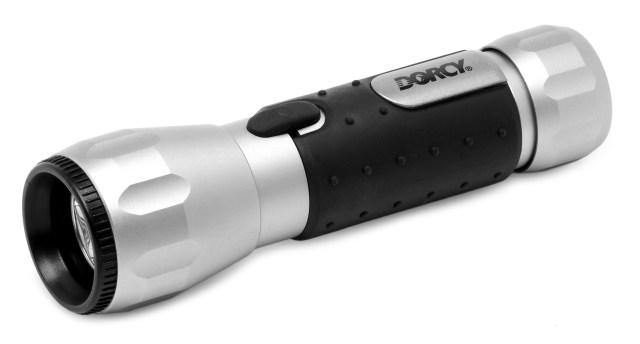
In case you end up staying out longer than expected, always keep a flashlight with fresh batteries on hand. Whether you're handling an injured family member or are just exhausted from a long day out with the kids and its getting dark, you can never go wrong with a flashlight in your day back or car trunk. (Also handy for playing flashlight games f you're bored).
Emergency Blanket
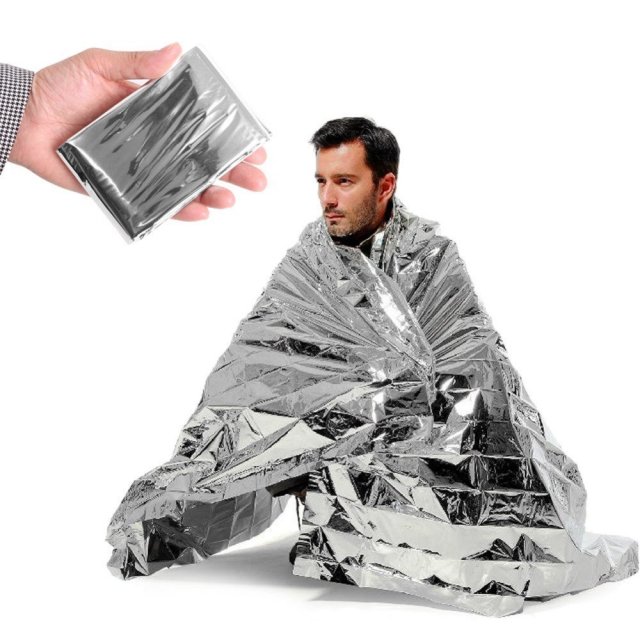
Keep loved ones who are injured and in shock warm when you keep foil blankets on hand. They are tiny––only the size of a credit card when folded up—and can be easily carried in purses, diaper bags or backpacks without any added weight. They are great for disaster kits and perfect for keeping in your car if you encounter a car accident or other scenario when someone needs a blanket to stay warm.
Instant Cold Pack
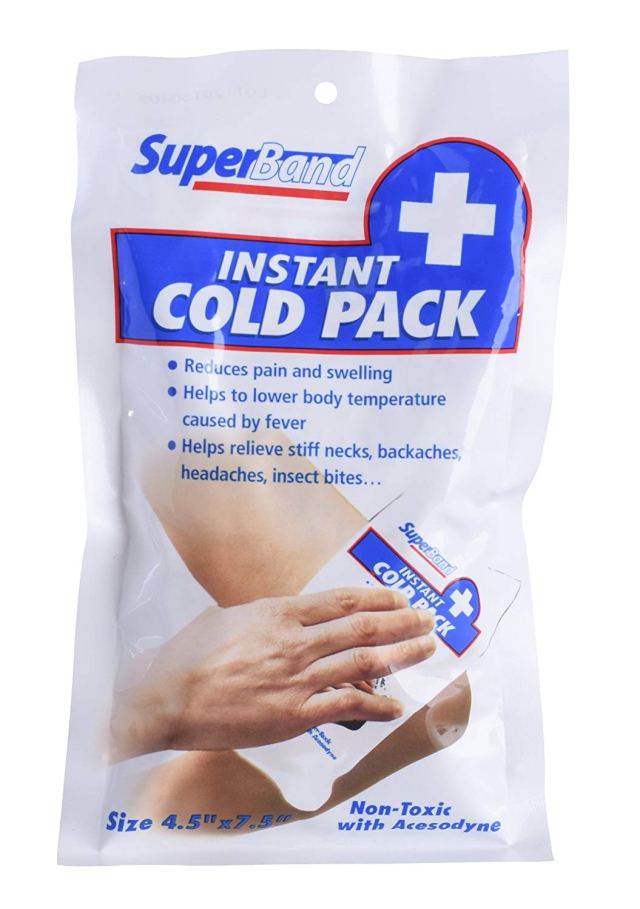
Lower fevers, relieve bug bites and treat swollen limbs with an instant cold pack. Carry in your backpack and snap to start the chemical reaction that makes these ice packs cold. No need to freeze in advance, and no melting bags of ice!
––Karly Wood
Feature Photo: Rawpixel
This post contains affiliate links.
RELATED STORIES
Youngest Kids Are Destined to Be Your Family’s Class Clown, Survey Finds
Study Shows How You Treat Your Partner Will Affect Your Child’s Future
The Ultimate Jet Lag Survival Guide for Parents
